There are a number of really interesting and expansive collections of sounds, musical works, and videos on the internet, created by individuals over some prescribed period or in some prescribed number (365 days or 100 sounds, for example), or created by many artists under a common theme. I will be outlining three here.
First is Joo Won Park’s 100 Strange Sounds, a quirky collection of short videos with a focus on performance of “found sounds” manipulated by computer processing. For each video Park includes a short list of “Materials Used” and a descriptive “How It Was Made” paragraph. The videos vary wildly in terms of content, although Park includes “pieces with a similar sonic approach”, “complementary entries”, etc. at the end of many videos. Some of the most popular entries are No. 47, No. 3, and No. 37.
Second is a collection of Lumiere Videos, inspired by early French filmmaker Louis Lumiere, created by Andreas Haugstrup Pedersen & Brittany Shoot. The Lumiere Videos have a manifesto that includes guidelines for creating the short videos:
• 60 Seconds Max. • No Zoom
• Fixed Camera • No editing
• No audio • No effects
There is huge variety in the places, people, and scenes depicted, ranging from boats in a harbor, a POV angle of an escalator, an artist finishing some works, to a cityscape. I learned about this project by constantly running into these videos while looking for videos on archive.org, a great resource for copyright-free videos. Because of the variety of topics in these videos they tend to infiltrate many searches, creating an interesting contrast to videos with multiple camera angles, quick editing, and blaring sound.
Last is a project by Joshua Goldsmith titled 365 Days of Sound. Each sound is 30 seconds long and varies from synthesizer sounds, foley sounds, instrumental sounds, to environmental sounds. Goldsmith also utilizes Pure Data to process some sounds. This project is the least known to me, but that being said looking through it I have found some interesting sounds.
These personal or community-based media collections are fascinating examples of projects done by people with interests in audio/video that reveal some of the less revealed aspects of creating music or video: experimentation, inspiration, and the unpolished work that goes into creating media.










